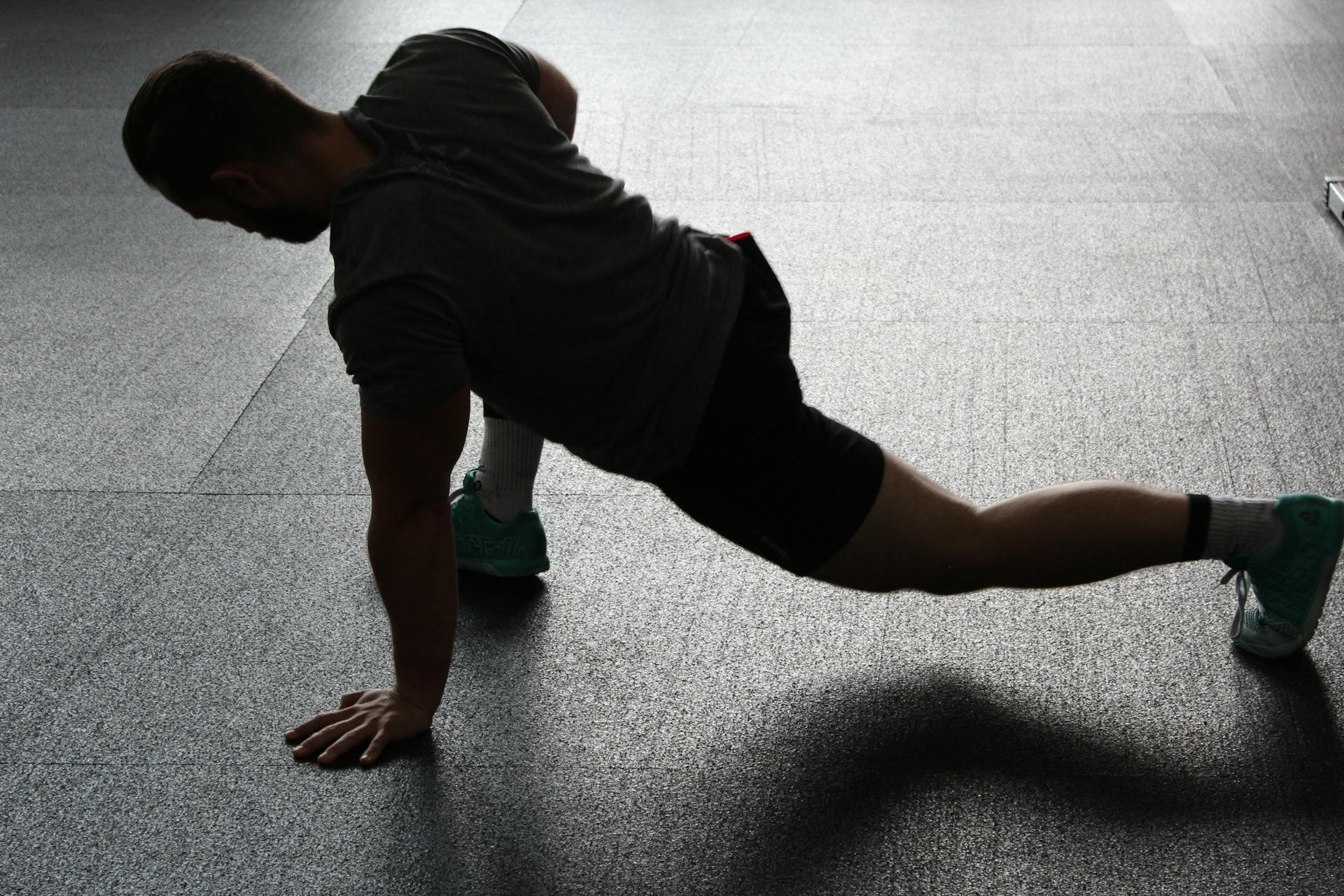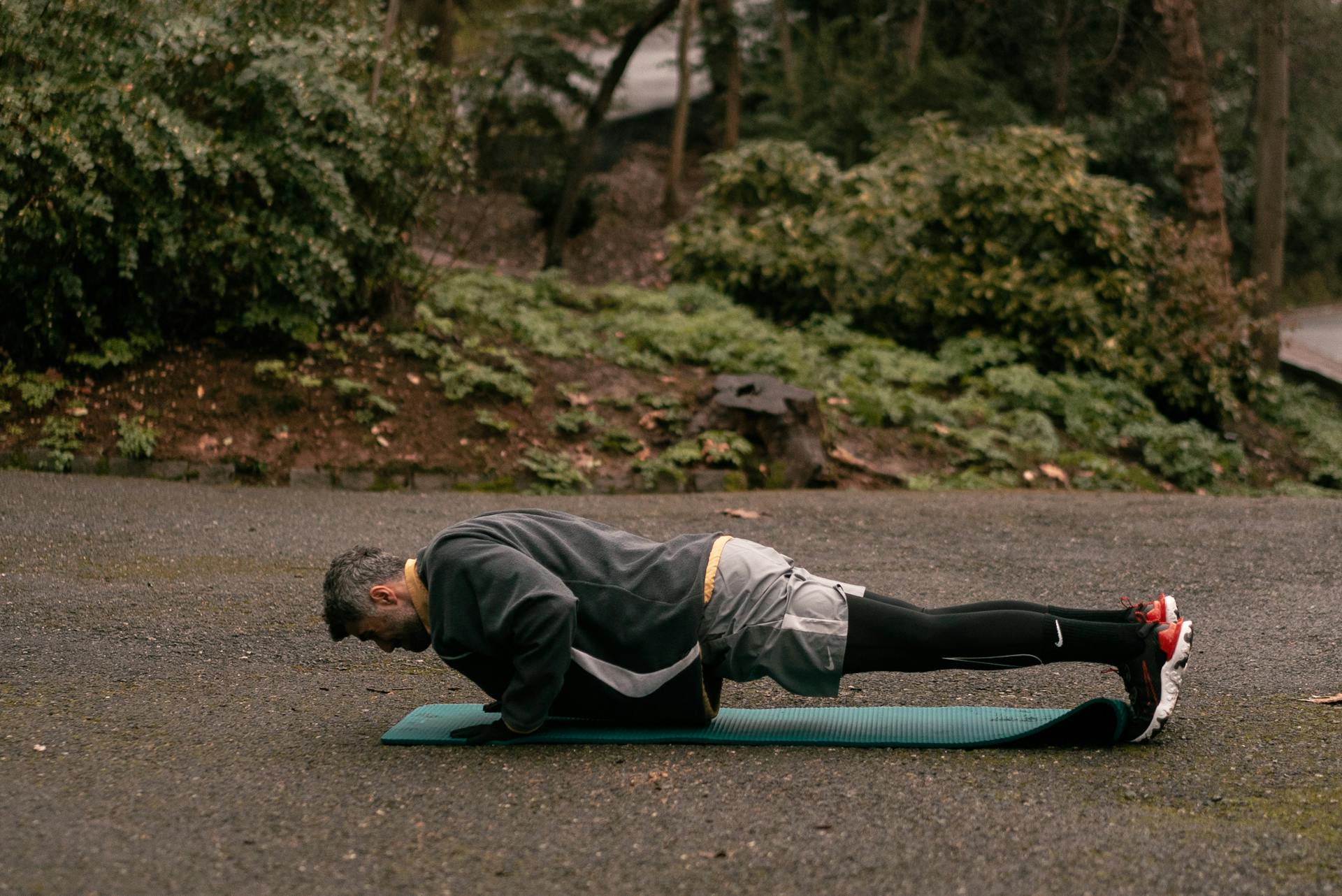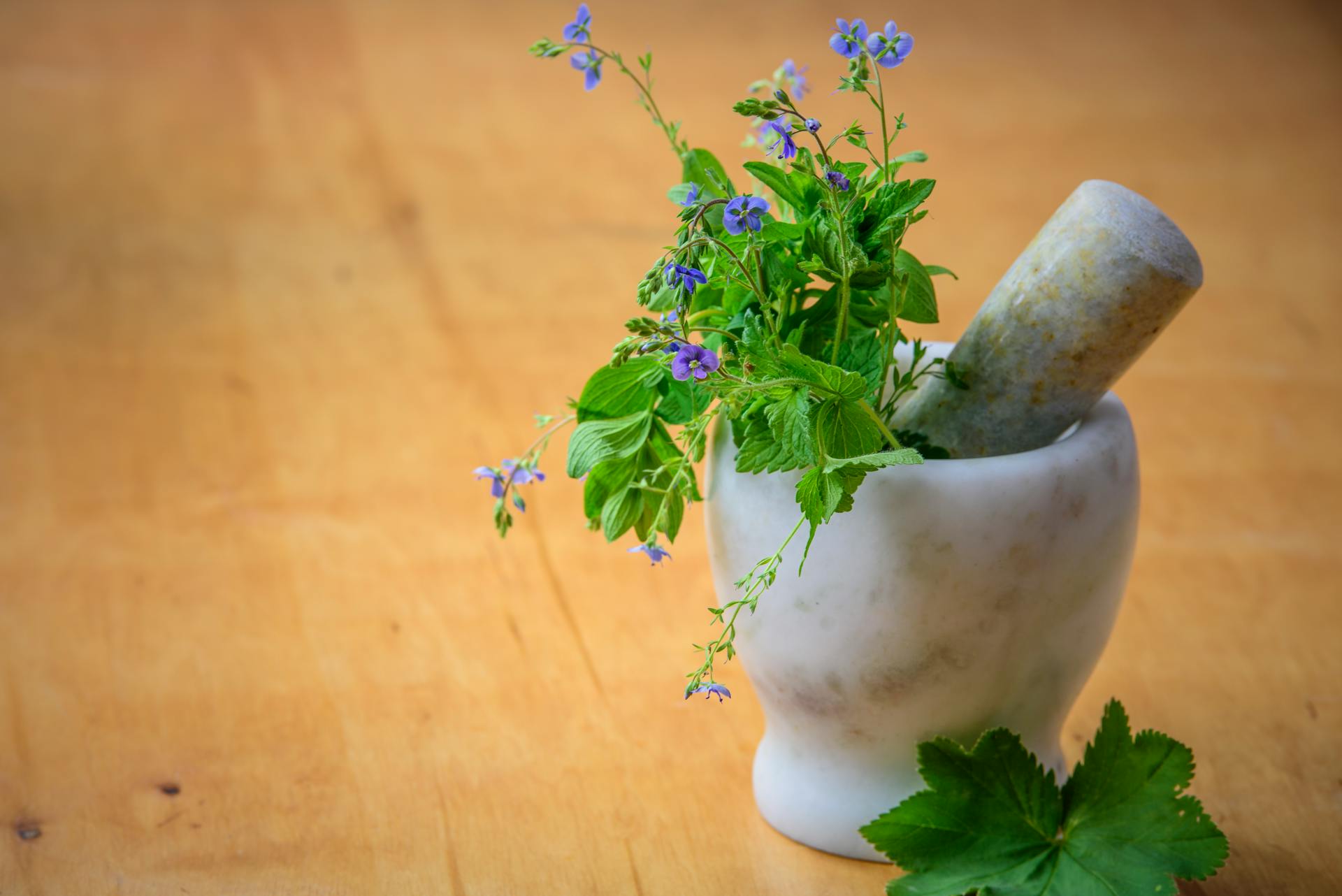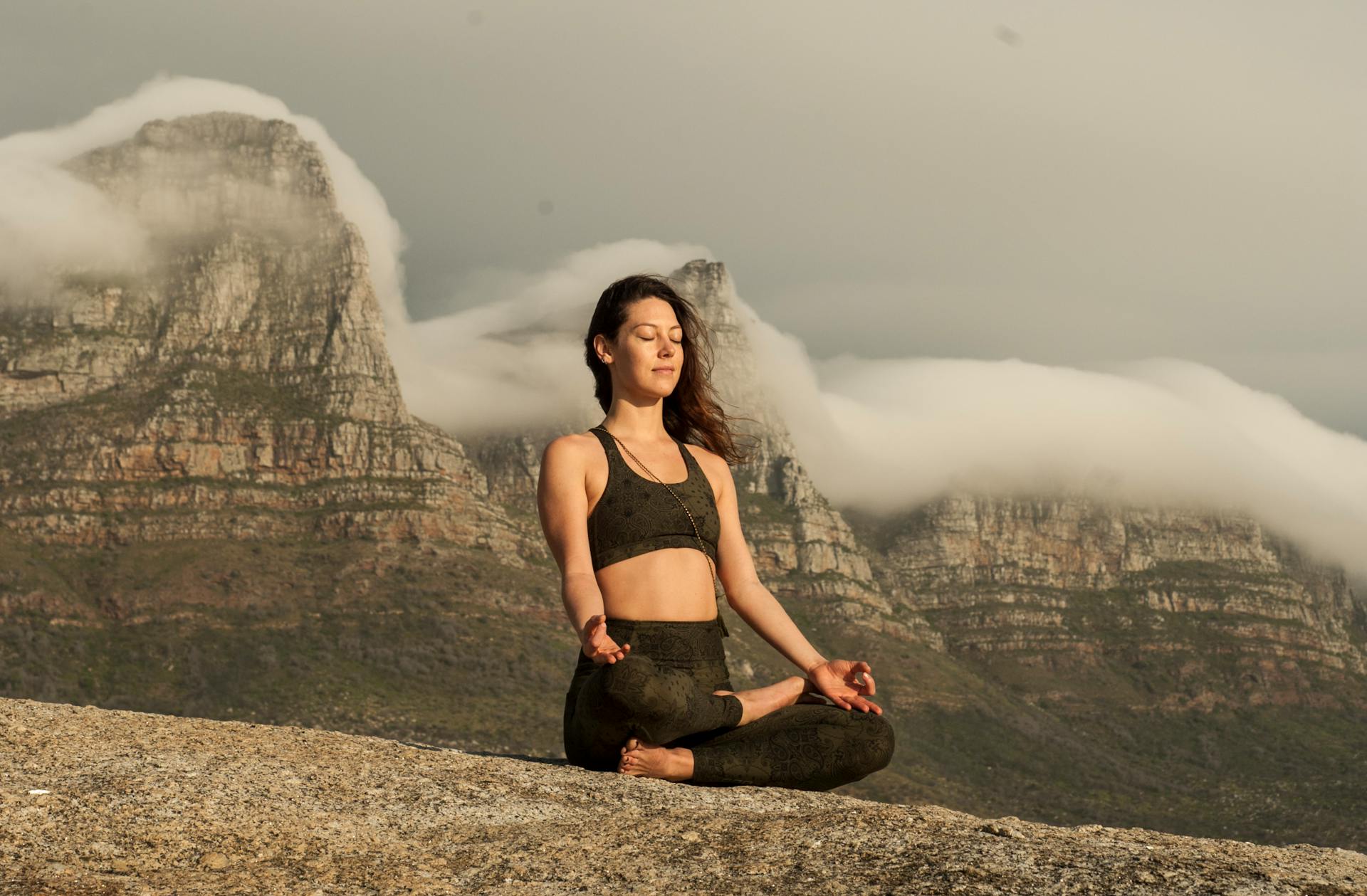-
Holistic Health & Lifestyle
The Benefits of Alternative Therapies for a Holistic Lifestyle
In recent years, alternative therapies have gained significant popularity as people seek holistic ap...
October 18, 2024
-
Fitness & Physical Activity
Building Strength and Endurance: A Beginner’s Guide to Fitness
Starting your fitness journey can be exciting and rewarding, especially when your focus is on buildi...
October 18, 2024
-
Nutrition & Healthy Eating
Healthy Eating on a Budget: Simple Tips for Nutritious Meals
Eating healthy doesn’t have to break the bank. Many people believe that nutritious meals are costl...
October 18, 2024
-
Mental Health & Mindfulness
Mindfulness Techniques to Reduce Stress and Anxiety in Everyday Life
In today’s fast-paced world, stress and anxiety have become almost unavoidable parts of life. Howe...
October 18, 2024
Fitness & Physical Activity

Building Strength and Endurance: A Beginner’s Guide to Fitness
Starting your fitness journey can be exciting and rewarding, especially when your focus is on building strength and endurance. Strength

The Science of Movement: How Exercise Impacts Your Mental and Physical Health
Exercise is often touted as a powerful tool for maintaining physical fitness, but its benefits extend far beyond muscle strength

Effective Workout Routines for Different Fitness Levels: Stay Active and Fit
Staying active is crucial for maintaining both physical and mental well-being. Whether you’re a fitness enthusiast or just beginning your

Workout Routines, Trends, and Tips for Every Fitness Level
In today’s fast-paced world, staying active is more important than ever. Whether you’re just starting your fitness journey or you’re

Tips for Staying Active at Every Fitness Level
Staying active can be challenging, especially when life gets busy. However, small changes and smart strategies can help you stay
Holistic Health & Lifestyle

The Benefits of Alternative Therapies for a Holistic Lifestyle
In recent years, alternative therapies have gained significant popularity as people seek holistic approaches to maintain their health and well-being.

Exploring Natural Remedies: An Introduction to Herbal Medicine
Herbal medicine has been used for centuries across cultures to promote health and treat various ailments. Today, as more people

Holistic Approaches to Wellness: Balancing Mind, Body, and Spirit
In today’s fast-paced world, the importance of holistic wellness has become more evident than ever. Holistic wellness, an approach that

Embracing Natural Remedies, Alternative Therapies, and Herbal Medicine for Well-Being
In an age where modern medicine and high-tech solutions dominate the health industry, many are rediscovering the benefits of holistic

Holistic Approaches to Maintaining Well-Being
Holistic health goes beyond treating symptoms; it involves nurturing the body, mind, and spirit as interconnected systems. This approach emphasizes
Mental Health & Mindfulness

Mindfulness Techniques to Reduce Stress and Anxiety in Everyday Life
In today’s fast-paced world, stress and anxiety have become almost unavoidable parts of life. However, the practice of mindfulness can offer an effective way to manage these challenges, helping individuals find peace and balance even in the busiest of times. Mindfulness is the practice of being present and fully engaged with the current moment, without judgment. It’s a powerful tool that can help calm the mind, reduce stress, and alleviate anxiety. Here, we explore several mindfulness techniques that can be easily integrated into everyday life.
- Deep Breathing Exercises
One of the simplest yet most effective ways to practice mindfulness is through deep breathing exercises. When stress levels rise, our breathing often becomes shallow and rapid, which can increase feelings of anxiety. By consciously focusing on your breath and taking slow, deep breaths, you can help signal your body to relax.
- How to Practice: Find a quiet place where you can sit comfortably. Close your eyes, and take a deep breath in through your nose for a count of four. Hold the breath for a moment, then exhale slowly through your mouth for a count of six. Repeat this for a few minutes, focusing only on the sensation of your breath.
Deep breathing not only helps calm the nervous system but also anchors your mind to the present, reducing the tendency to dwell on worries.
- Body Scan Meditation
Body scan meditation is a practice where you mentally scan your body from head to toe, paying attention to any sensations you notice. This technique helps you reconnect with your body and identify areas of tension that you may not be consciously aware of.
- How to Practice: Lie down or sit in a comfortable position. Close your eyes and begin by focusing on your toes, noticing any sensations without trying to change them. Gradually move your attention up through your feet, legs, abdomen, chest, arms, and head. If you notice any tension, breathe into that area and imagine it releasing with each breath.
The body scan is an excellent way to relax and ground yourself, as it shifts your focus from external stressors to the internal state of your body.
- Mindful Walking
For those who find it challenging to sit still, mindful walking is a great alternative. This practice involves walking slowly and paying close attention to each step, the movement of your legs, and the sensations in your feet. It’s an opportunity to connect with your surroundings while cultivating a sense of calm.
- How to Practice: Find a quiet path or area where you can walk undisturbed. Walk slowly and focus on the movement of your body as you lift one foot and place it in front of the other. Notice the sensation of your feet touching the ground and the rhythm of your steps. If your mind starts to wander, gently bring your focus back to the movement of your legs and feet.
Mindful walking can be particularly beneficial when you need a quick mental reset during a busy day.
- Mindful Eating
Incorporating mindfulness into your eating habits can also be a powerful way to reduce stress and anxiety. Many people eat quickly or while distracted, missing the opportunity to fully experience their food and the act of nourishing themselves. Mindful eating slows you down, helping you appreciate each bite and reconnect with your body’s hunger and fullness cues.
- How to Practice: Begin by choosing a meal or snack to eat without any distractions—no phone, TV, or other screens. Take a moment to look at the food, noticing its colors, textures, and aroma. As you take each bite, chew slowly, paying attention to the taste, texture, and sensation of the food in your mouth. Focus on how your body feels as you eat, and take your time with each bite.
This practice not only enhances the enjoyment of eating but also reduces stress by allowing you to focus on the simple, nourishing experience of food.
- Gratitude Meditation
Gratitude meditation is a mindfulness technique that involves focusing on the things you are grateful for in your life. It shifts your attention from worries and anxieties to positive aspects, helping to reduce stress and boost your mood.
- How to Practice: Find a quiet space to sit comfortably and close your eyes. Take a few deep breaths to center yourself. Then, begin to think of things you are grateful for—these could be people, experiences, or simple things like the warmth of the sun. Visualize each one and hold it in your mind for a few moments, allowing yourself to feel gratitude fully. Repeat this practice daily, even for just a few minutes.
Focusing on gratitude can create a positive mental shift, promoting feelings of well-being and reducing stress levels.
Conclusion
Incorporating mindfulness techniques into your daily routine can have a profound impact on reducing stress and anxiety. By practicing deep breathing, body scan meditation, mindful walking, mindful eating, and gratitude meditation, you can cultivate a sense of calm and presence, even in the midst of a busy day. Remember, mindfulness is a skill that takes time and practice, but with consistent effort, it can transform the way you respond to stress, helping you lead a more peaceful and balanced life.
Nutrition & Healthy Eating

Healthy Eating on a Budget: Simple Tips for Nutritious Meals
Eating healthy doesn’t have to break the bank. Many people believe that nutritious meals are costly, but with a little planning and smart shopping, it’s

The Role of Balanced Nutrition in Achieving Long-term Wellness
Achieving long-term wellness is a goal for many, but it requires more than just a focus on physical activity or mental health. One of the



